This post is also available in:

 Indonesia is popular for the fourth largest coffee producer in the world. Indonesian’s coffee began with its dutch history, and has played an important role in the growth of the country. The country is located in an ideal geography for coffee plantations and has produced 420,000 metric tons annually, in which 271,000 tons were exported and 148,000 tons were consumed locally.
Indonesia is popular for the fourth largest coffee producer in the world. Indonesian’s coffee began with its dutch history, and has played an important role in the growth of the country. The country is located in an ideal geography for coffee plantations and has produced 420,000 metric tons annually, in which 271,000 tons were exported and 148,000 tons were consumed locally.
The Dutch first planted coffee in Sulawesi is during 1850. Tana Toraja at the central highlands of South Sulawesi has been the prime region for high altitude montainous. By mid 1870s the Dutch East Indies (V.O.C) Company expanded arabica coffee growing areas in Sumatra, Bali and Timor.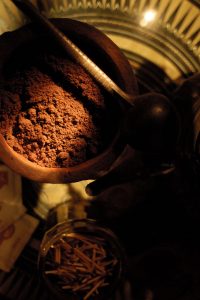
Indonesia’s arabica coffees have low acidity and strong body, which makes them ideal for blending with higher acidity coffees. Sulawesi coffees are clean and sound in the cup. They generally display nutty or warm spice notes, like cinnamon or cardamom.
Hints of black pepper are sometimes found. Their sweetness, as with most Indonesian coffees, is closely related to the body of the coffee. The after-taste coats the palate on the finish and is smooth and soft.
“Tator Cafe & Resto”
Dharmawangsa Square, Jl. Dharmawangsa VI, Dharmawangsa, Jakarta
“TATOR POINT” PIM I Area 51
TATOR POINT PONDOK INDAH MALL AREA 51, Jakarta
“Tator Cafe & Resto” Gandaria City
Tator Cafe & Resto Gandaria City
Lower Ground #Unit L-105#
Jl. Sultan Iskandar Muda, Kebayoran Lama
JakartaSelatan
www.tatorcafe.com


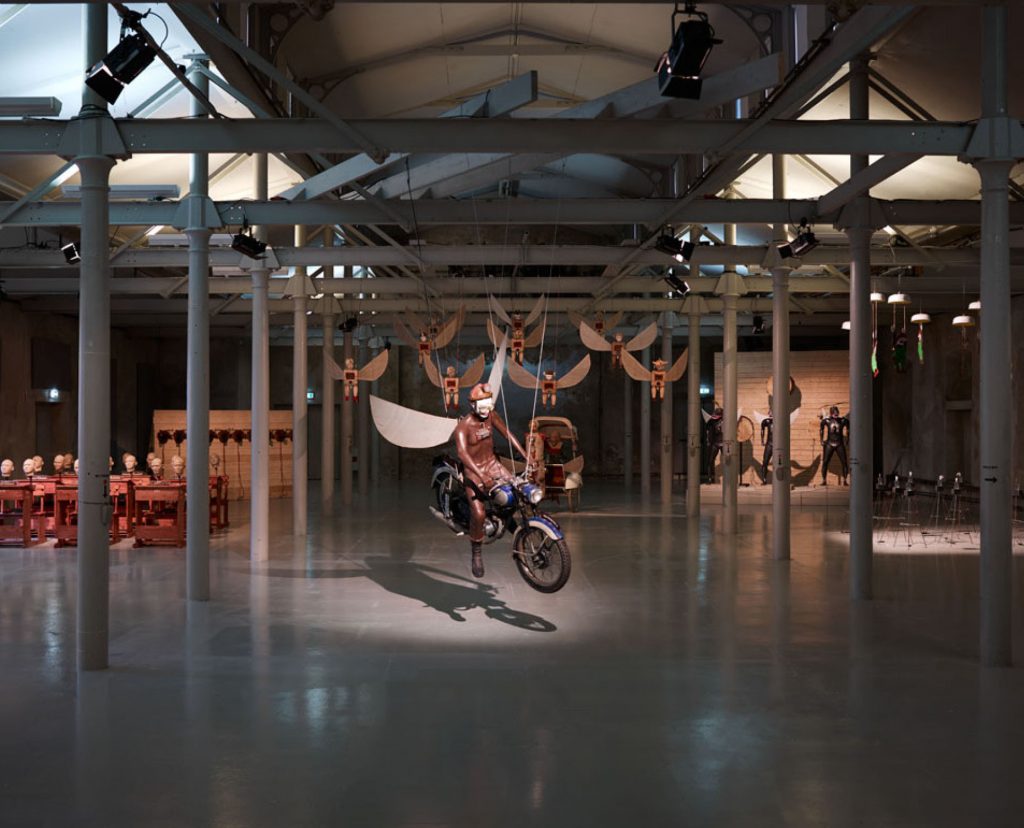



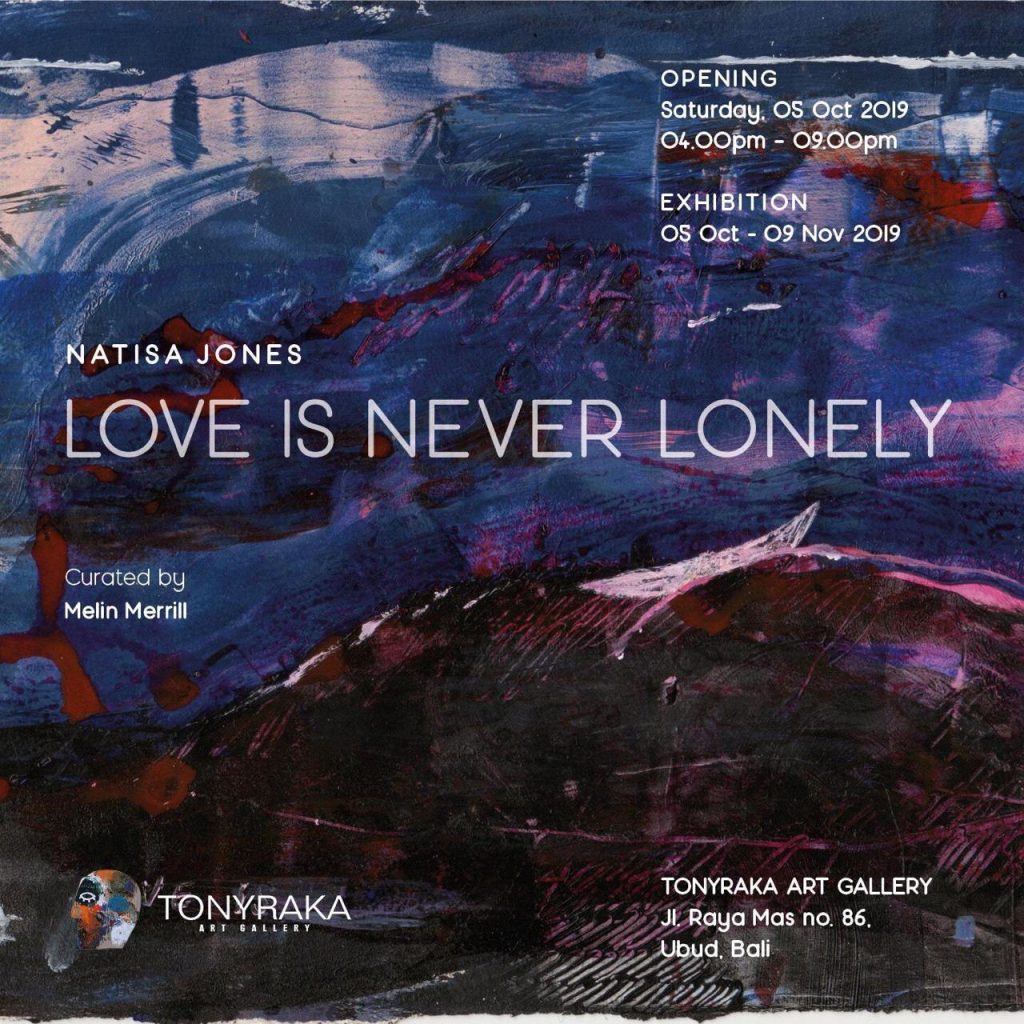
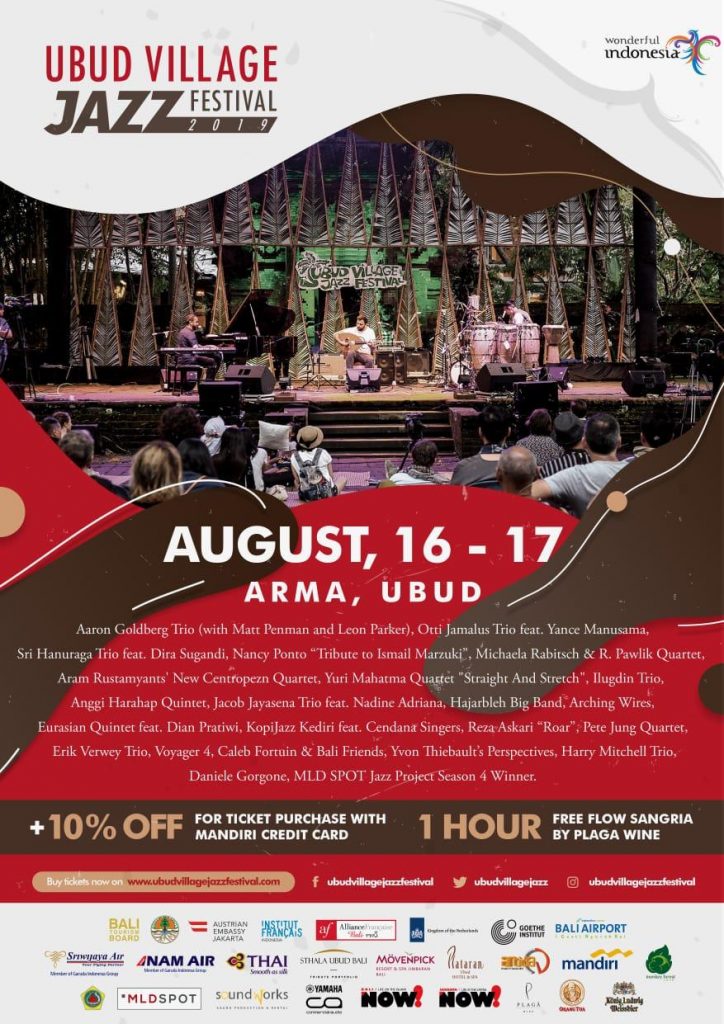
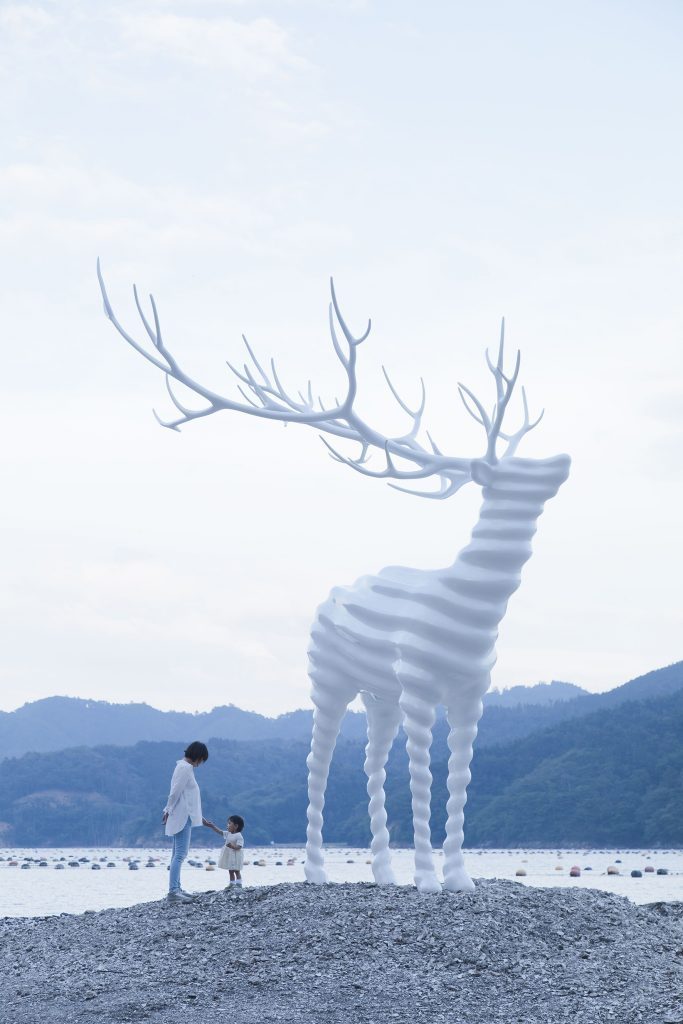
Anda Bicara